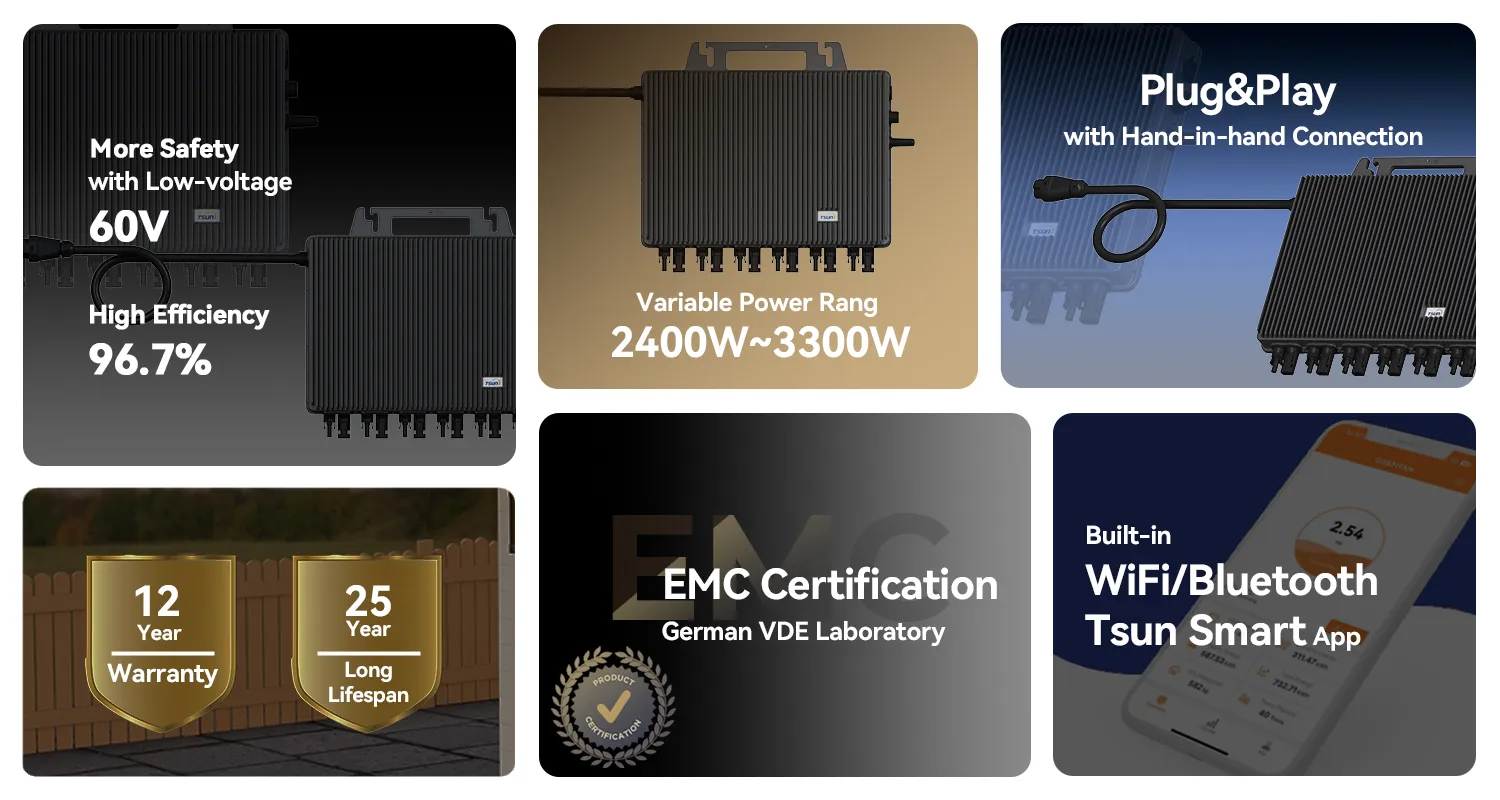Deciding whether to integrate microinverters into your solar energy system can hinge on several important factors, each highlighting the diverse applications and benefits they offer. Microinverters, as compared to traditional string inverters, provide a unique strategic advantage by optimizing electrical output at the level of each individual solar panel, thereby enhancing overall system efficiency.

One of the primary advantages of microinverters is the improvement in energy production. Each solar panel operates independently, meaning that if one panel is shaded or under-performing due to dust accumulation or partial obstruction, it does not drag down the performance of other panels in the system. This can be particularly beneficial in settings where panels might receive uneven sunlight due to the roof's shape, nearby trees, or architectural inconsistencies. By preventing the Christmas light effect, where the shading of one panel reduces the output of an entire series (a common issue with string inverters), our experience has shown up to a 25% increase in energy output in certain scenarios.
From a professional standpoint, another clear advantage of microinverters is their role in simplifying the system expansion. If you plan on expanding your solar system in the future, microinverters offer unparalleled flexibility. When you're ready to add more panels, there's no need to purchase a new inverter to handle increased capacity since each panel operates independently. This feature alone makes microinverters a forward-thinking approach for residential users and small businesses that are considering phased solar installation over time.

In terms of longevity and reliability, microinverters have shown promising durability and performance metrics. While traditional inverters may last between 10 to 15 years, many microinverter manufacturers provide warranties lasting 20 to 25 years. This extended warranty not only enhances the trustworthiness of the technology but also underscores the manufacturer's confidence in product durability. For those making a long-term investment in solar technology, this can translate into lower replacement costs and peace of mind.
do you need microinverters
Authoritative industry voices also stress the safety aspects provided by microinverters. These components transform DC to AC power directly at the panel, effectively reducing the risk of high voltage DC electrical hazards. Such a mechanism ensures that installers and homeowners are not exposed to potentially dangerous high voltage direct current throughout the system — a critical consideration, particularly in residential settings where safety is paramount.
The data monitoring capabilities integrated into microinverters are another aspect worth noting. Most microinverters come with sophisticated monitoring software that enables homeowners and technicians to track the performance of each solar panel individually. This level of insight allows for precise diagnostics and maintenance, enabling quicker troubleshooting processes. By identifying issues down to the specific panel level, maintenance becomes less time-consuming and more efficient, ultimately leading to steadier performance across the lifespan of the system.
However, it's prudent to acknowledge that upfront costs for microinverters can be higher compared to string inverters. This additional expense primarily relates to the separate inverter needed for each panel. Yet, given the durability, the potentially higher energy yields, and the additional safety and monitoring benefits, the return on investment can be justified over time.
The choice to implement microinverters should take into account site-specific factors and long-term energy goals. For regions with variable shading, or for those who value the incremental flexibility of panel addition and granular energy monitoring, microinverters offer a technologically advanced solution. Given their robust advantages and growing industry endorsement, they present an attractive option for both current solar users and newcomers considering solar energy adoption.
 LEARN DETAILS
LEARN DETAILS



